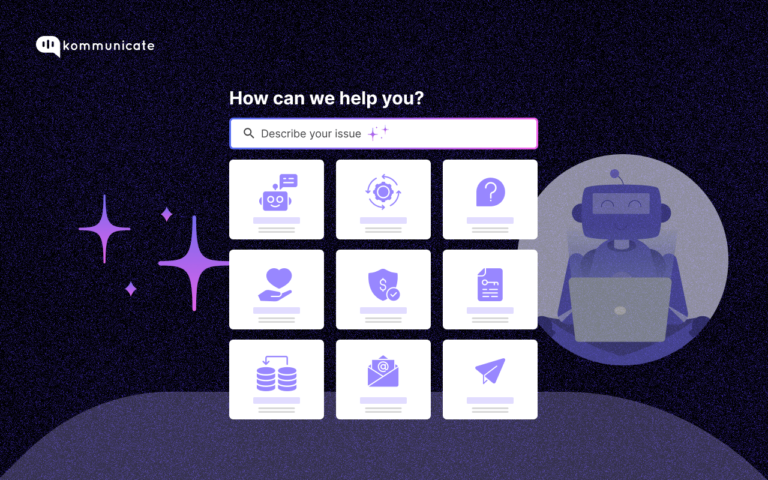Updated on December 21, 2023

In the age of empowered customers, delivering exceptional service is no longer optional, it’s the key to driving loyalty and success. When customer service is prioritized, companies enjoy a ton of benefits: more loyal customers, more positive reviews, and more revenue. And that’s why focusing on customer service is so important.
Let’s look at some of the business benefits that come with delivering excellent customer service –
- Good for the bottom line – Good customer service leads to better customer retention and loyalty leading to a better bottom line.
- Improved Customer Retention – Great customer service encourages customers to stick around and generate more value.
According to Bain and Co., a 5% increase in customer retention can increase a company’s profitability by 75%.
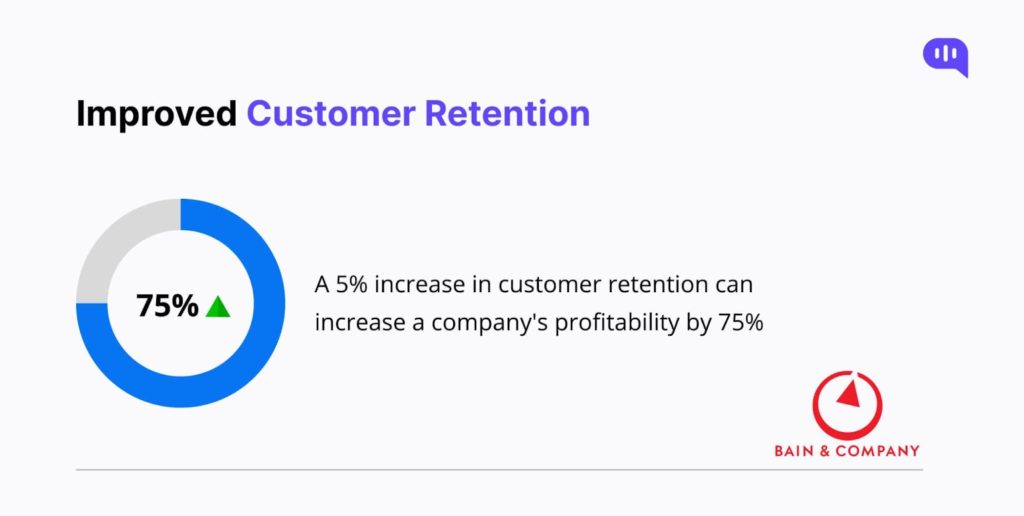
- Higher CLTV – Satisfied customers are likely to continue purchasing from a business over an extended period. As a result, the customer lifetime value increases, contributing to higher overall profits.
75% of respondents would return to a company with excellent service and 56% would recommend it to family and friends – Zendesk
- Reduced Customer Churn – Effective customer service can address issues promptly, reducing the likelihood of customers switching to competitors. As per a survey report by Kolsky, 67% of consumers cite bad experiences as a reason for churn. With good customer service, this can be prevented.
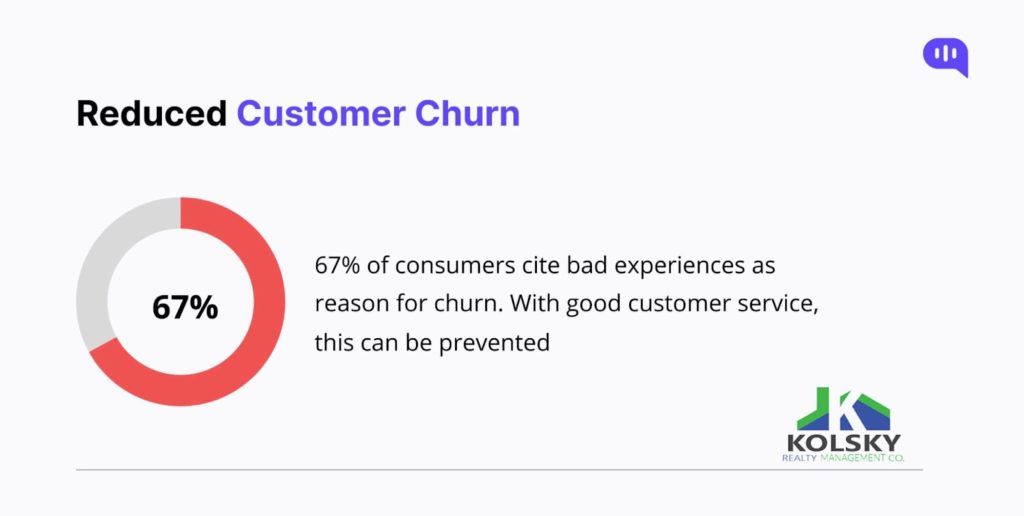
Tech giants like Facebook, Amazon, Apple, Netflix, and Google, popularly known as FAANG (or now MAANG with Meta), realized the importance of this early on. Their relentless focus on leveraging cutting-edge technologies and commitment to deliver exceptional service have established them as industry leaders. Their commitment to exceptional service goes beyond the transactional; it extends to building relationships.

Now, let us see some of the strategies that these companies are using to drive better customer service
1. Data-Driven Personalization
FAANG companies excel in harnessing the power of data to understand their customers on an individual level. Through sophisticated algorithms and data analytics, these tech giants analyze user behavior, preferences, and historical data to deliver highly personalized content, recommendations, and services.
For instance, Amazon uses a robust recommendation engine that can suggest a customer’s products based on past purchases and browsing history. Not only this, by using advanced techniques and customer data Amazon creates an intuitive shopping experience, touching every customer who visits their site.
Similarly, the streaming giant Netflix employs a sophisticated recommendation system that leverages user data to provide personalized content suggestions. Netflix analyzes each user’s viewing history, taking into account the movies and TV shows they have watched, and recommends other similar shows.

Facebook, one of the largest social media platforms, analyzes user interactions, such as likes, comments, shares, and clicks, to understand individual preferences and prioritizes content from friends, groups, and pages that the user engages with the most.
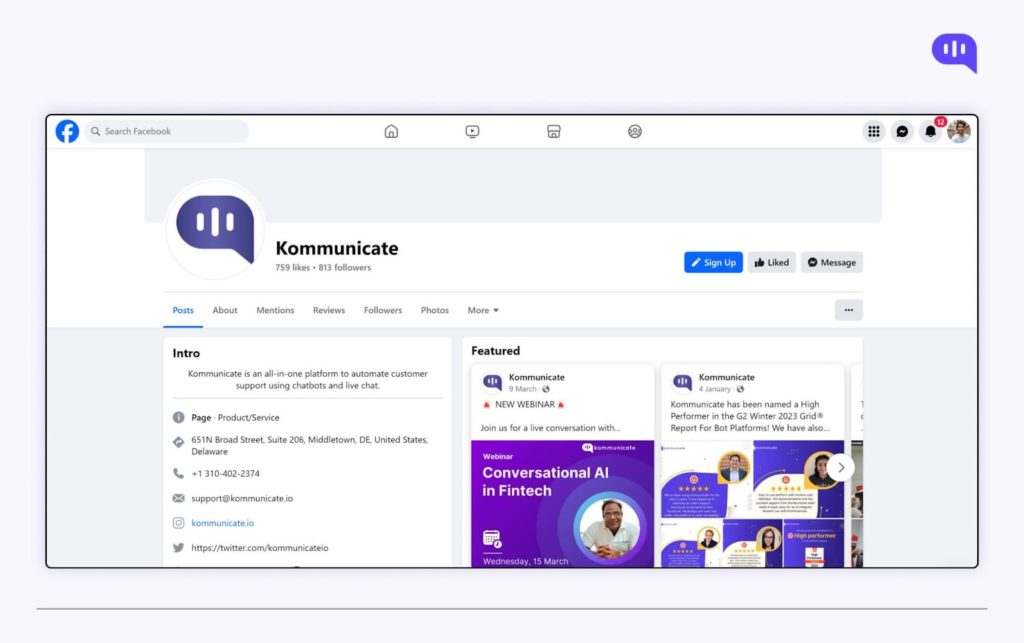
2. Omnichannel Support
Gone are the days of siloed customer service channels as customers today are more demanding than ever and expect a quick and seamless experience at every touch point. FAANG companies have understood that very well and have integrated with multiple channels, including social media, chat, email, and phone support, to create an omnichannel experience for their customers. This ensures that customers can connect with the company through their preferred channel, fostering a more efficient and customer-friendly support ecosystem.
Amazon, for example, provides its customers an option to connect with them through multiple channels – Web Chat, In-app support for tracking orders and managing accounts, direct phone lines to speak to an agent, and social media channels such as Twitter, Facebook, etc. Amazon customers can also seek information, track orders, and interact with customer support using Amazon’s voice-activated device Echo.
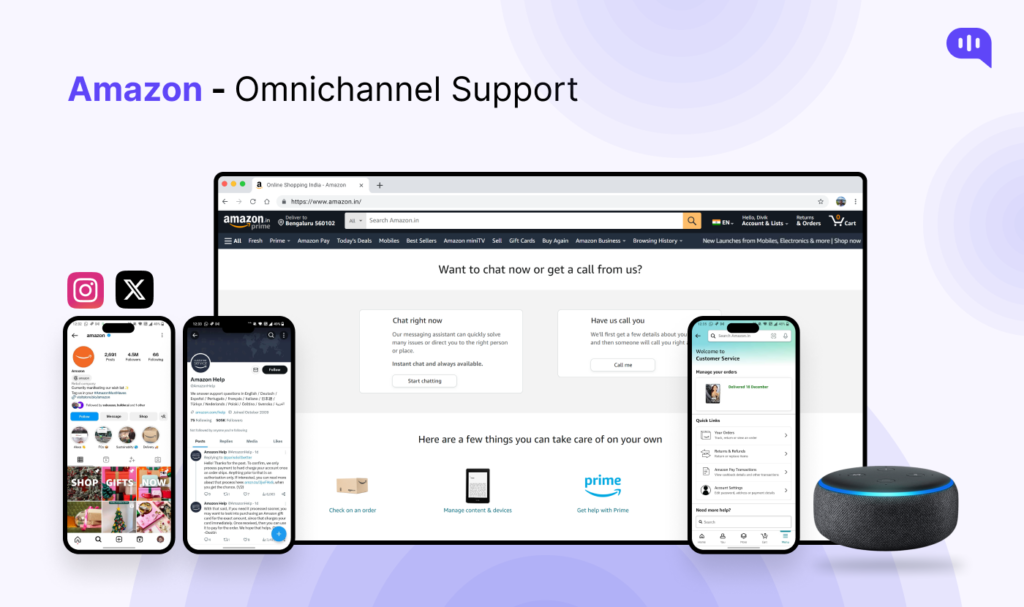
Apple too is known for its omnichannel support strategy which integrates various channels to provide a seamless and consistent customer experience.
Apple’s support website offers an extensive knowledge base that includes FAQs, troubleshooting guides, and step-by-step tutorials. Through their support app, Apple allows users to access assistance on their mobile devices. Users can chat with Apple Support, schedule repair appointments, and receive personalized recommendations based on their device information. Apple also provides its customers an option of directly speaking to their support advisors over a support helpline to address any technical issues or receive guidance on any troubleshooting.
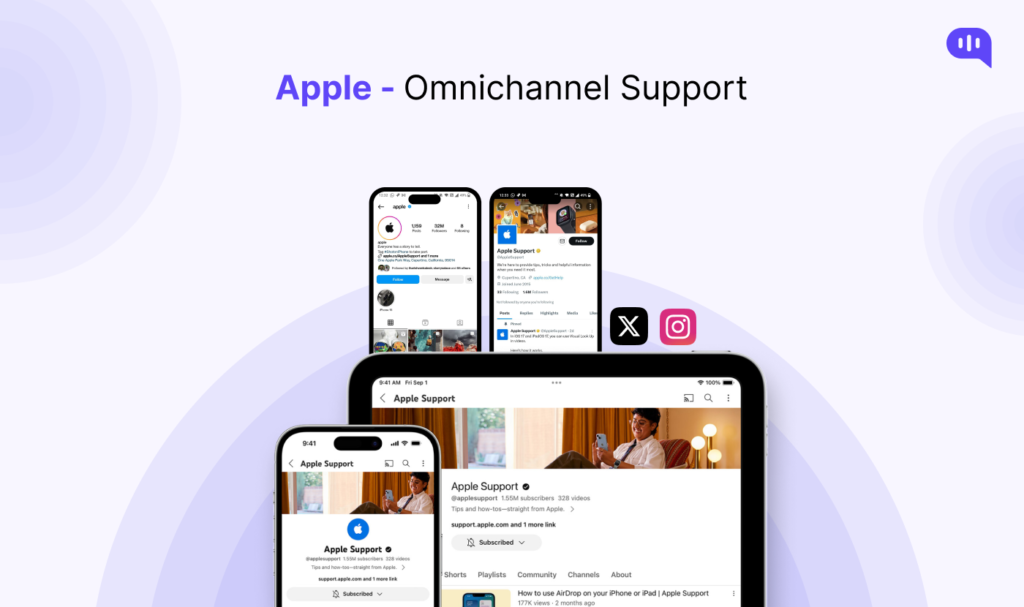
3. Continuous Improvement
Continuous improvement is a mantra for FAANG companies and this is reflected in their commitment to evolving, innovating, and refining their products, services, and processes based on user feedback.
Data is at the core of this continuous improvement at these companies. They collect vast amounts of user data to gain insights into user behavior, preferences, and trends and using these insights, identify areas for enhancement. These insights are also used to make informed decisions on new product features, user experience, and content recommendations.

Google is the best example of this. Google’s search engine, the core of its business, undergoes continuous improvements driven by data analysis. Whether it’s refining the layout of search result pages or updating the user interface of applications like Gmail or Google Maps, the company uses data to understand how users interact with its platforms and make informed decisions for improvement.
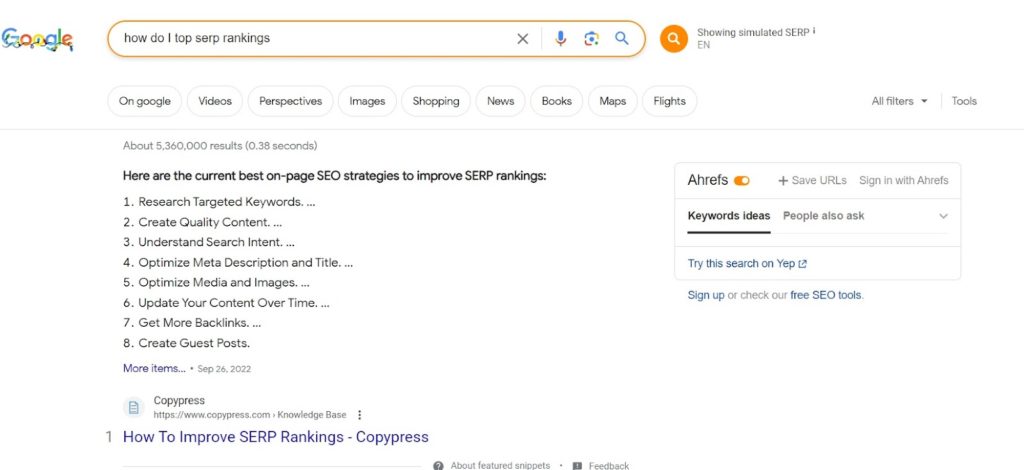
YouTube, a subsidiary of Google now, utilizes data extensively to enhance its content recommendation algorithms. User watch history, preferences, and engagement metrics are analyzed to suggest personalized video recommendations.
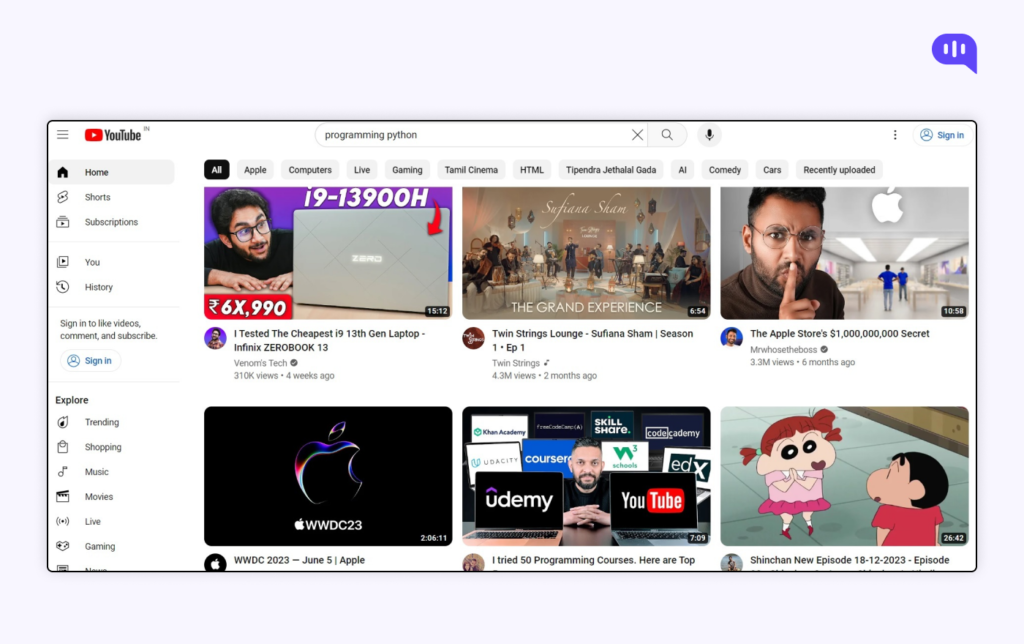
Apple, another company known for its commitment to excellence and continuous improvement, leverages analytics to gain insights into user interactions with its devices and software. Data on user behavior, preferences, and usage patterns help Apple understand how customers engage with their product which helps them in shaping user interface design, feature enhancements, and overall user experience.
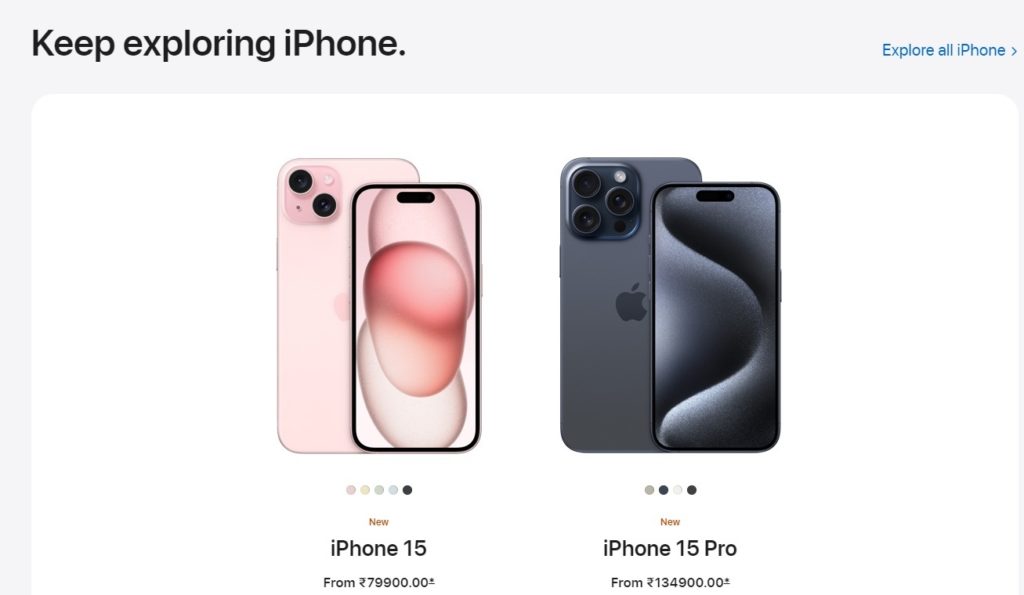
4. AI-Powered Chatbots for round-the-clock support
FAANG companies recognize the importance of instant responses and have embraced AI-powered chatbots to provide round-the-clock support.
While not a traditional chatbot, Amazon’s voice-controlled assistant, Alexa, operates on similar principles. It utilizes voice-activated applications that leverage AI to offer instant responses and perform various tasks, ranging from answering questions to controlling smart home devices.
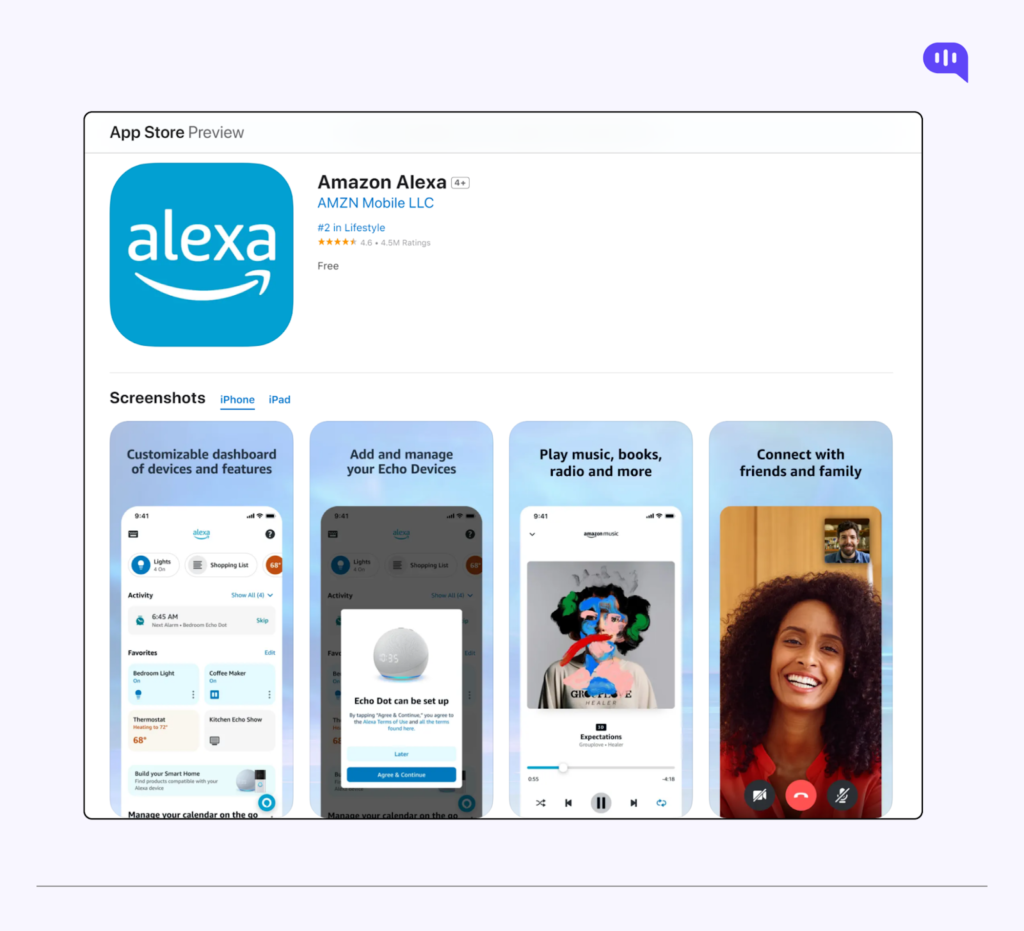
Along the same lines, Siri, an AI-powered assistant developed by Apple uses AI algorithms to understand user queries and provide instant responses. While not a traditional chatbot, Siri embodies the concept of using AI for quick and automated interactions.

Netflix also employs AI-powered chatbots to provide instant support to their 240 million++ users globally (Source). These chatbots can address common issues, answer frequently asked questions, and guide users through troubleshooting processes.
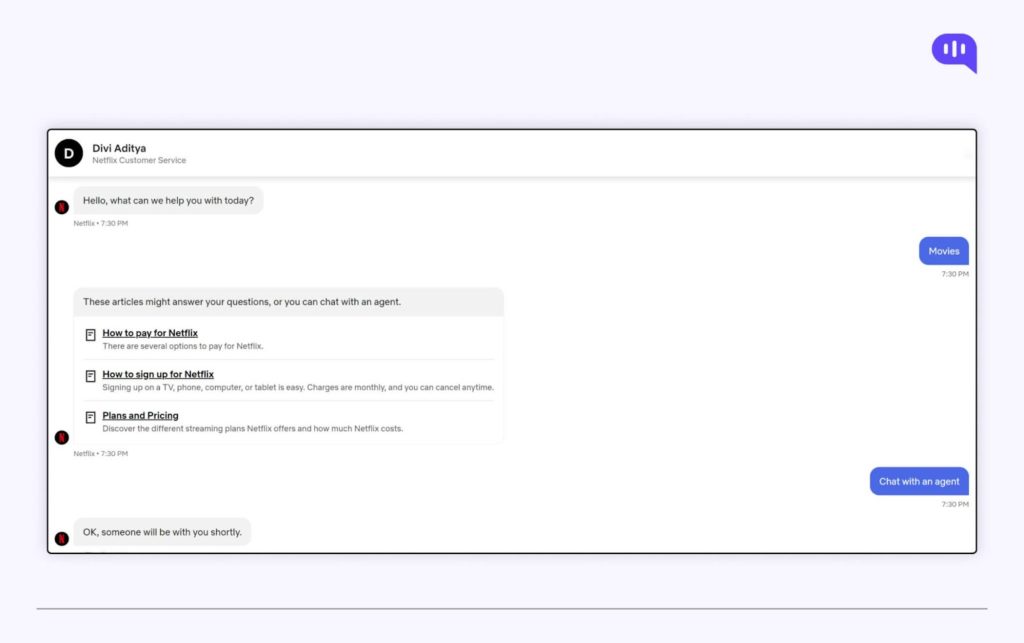
5. Active Community Engagement
An active community can be a great source of valuable customer feedback for a business. By listening to what their customers are saying, businesses can learn what they are doing well and where they can improve and this feedback can be used to develop new products and services and improve existing products and services.
Each of the FAANG giants – Facebook, Amazon, Apple, Netflix, and Google, recognizing the importance of having a strong user community, spent a good amount of time and energy in building this. As a result, each of them today has super active communities helping them create a sense of belonging for their users, share useful information, provide support to each other, and get feedback to make their products better.

Amazon, for example, has implemented community features such as customer reviews, Q&A sections, and forums for various products. Users can share their opinions, ask questions, and offer insights. Additionally, they have also created community-centric features for its Kindle platform, where readers can engage in discussions about books and share recommendations.
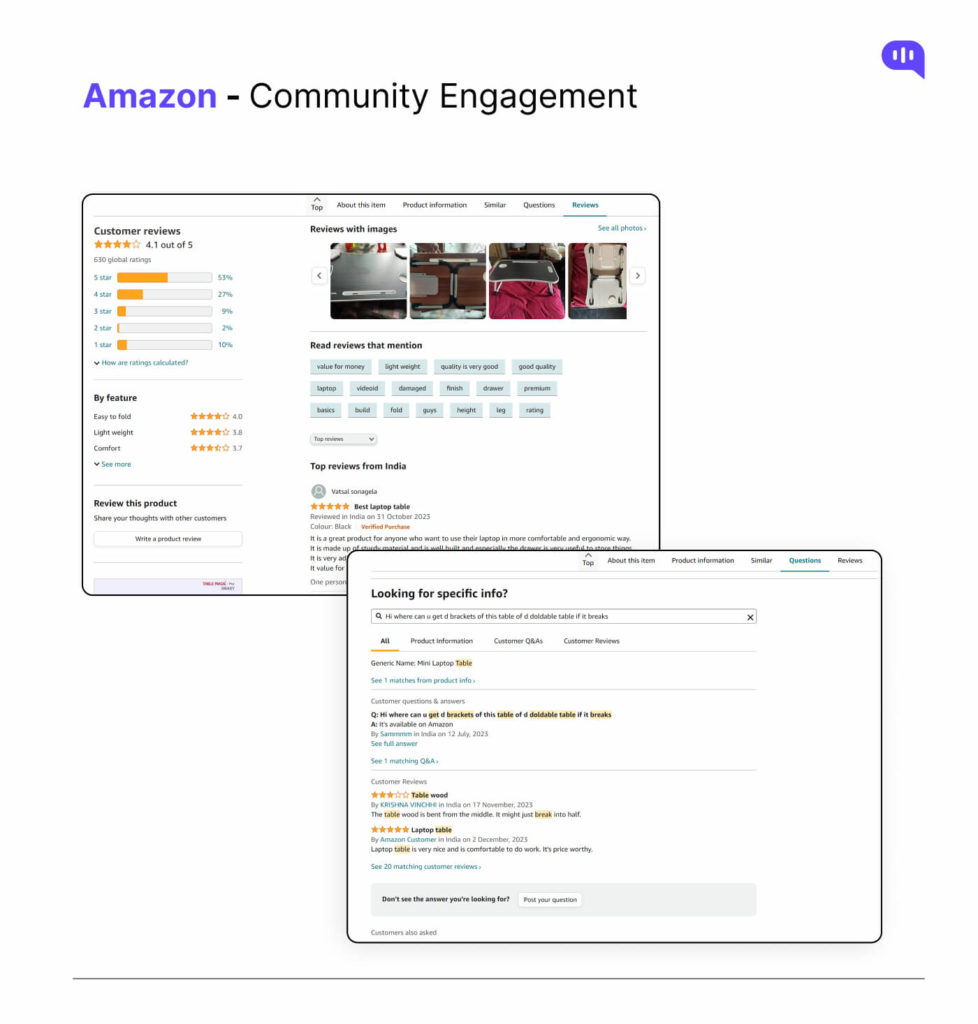
Apple, a brand that attracts a strong followership throughout the world, fosters user communities through its support forums and developer forums. Here, users can seek help from Apple experts or fellow users, share troubleshooting tips, and discuss various aspects of Apple products and software.
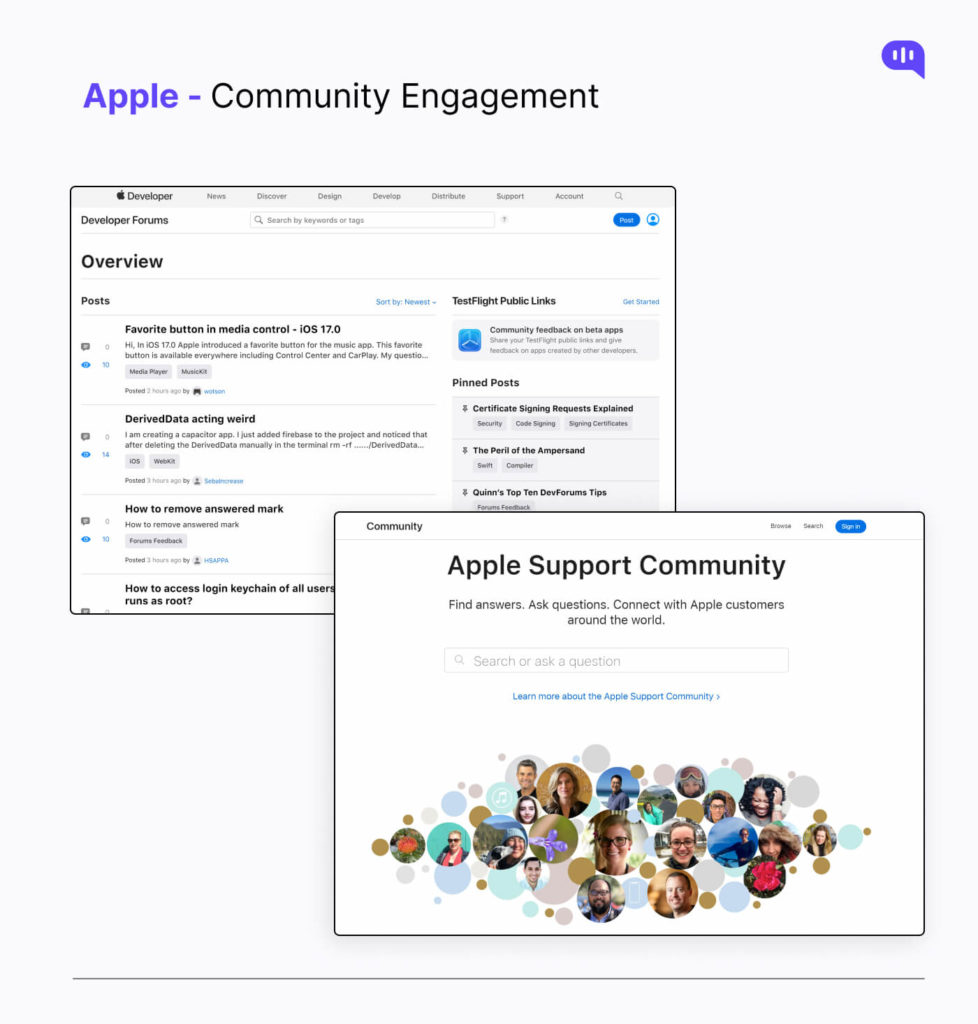
Google too has strong product & developer communities where users can seek assistance, share feedback, and exchange tips. Platforms like the Android Developer Community provide developers a place to collaborate and discuss app development strategies.
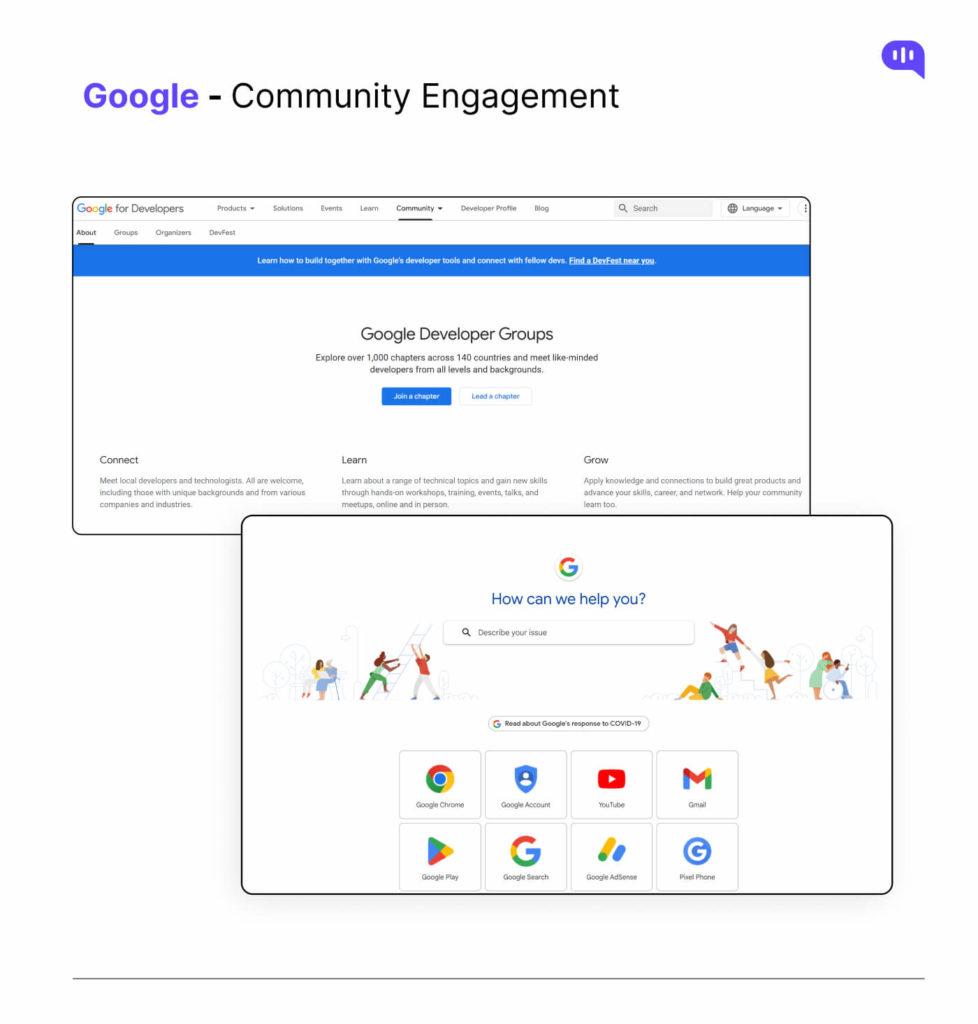
The customer service strategies implemented by the FAANG companies have not only redefined industry standards but have also set new benchmarks for excellence and are continuing to do so. While we have covered a few strategies here, there are many other innovative approaches these companies have been using to delight their customers and continue to stay ahead in the game.
All these companies have gone beyond reactive customer support and actively innovate to meet the changing demands of their customers. Data and active experimentation play a significant role in this process. From tailored product recommendations to personalized content suggestions, they all use data to understand individual preferences and deliver a more customized experience every time. This approach has helped them to stay on top and continuously drive more value for their customers and their businesses.
Acquiring a new customer today is anywhere from 5 to 25 times more expensive than retaining an existing one, and hence, focusing on keeping current customers satisfied is not just cost-effective but also strategically essential for long-term business success. While many of the businesses might not have the resources as these giants, applying these strategies on a smaller scale can also help them gain a competitive edge and improve their overall performance.
As the Head of Growth, Marketing & Sales, Yogesh is a dynamic and results-driven leader with over 10+ years of experience in strategic marketing, sales, and business development.



